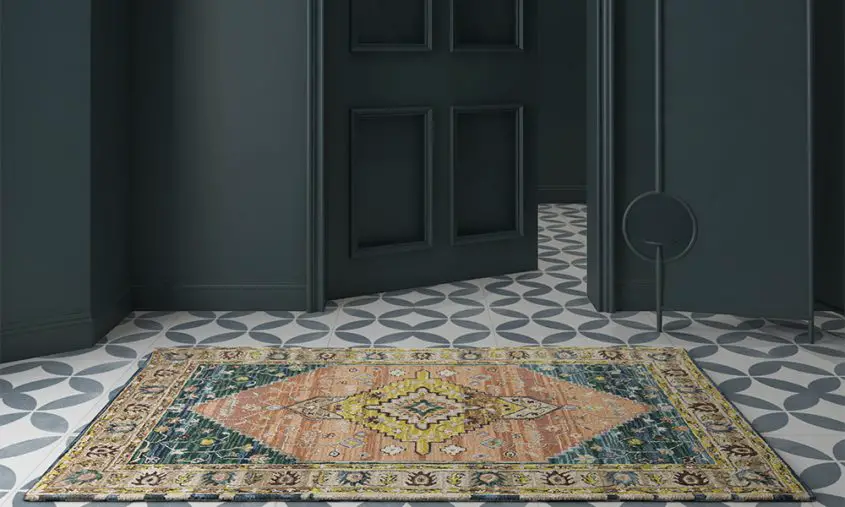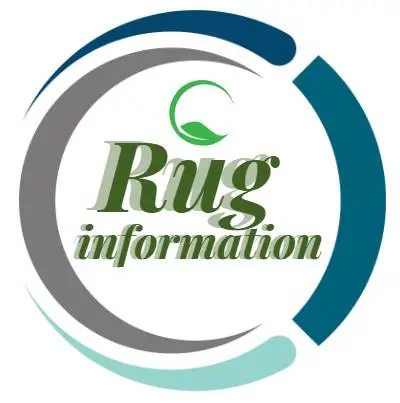What Are The Disadvantages Of Jute Rugs?

Jute rugs are an affordable and attractive option for floor coverings, but like any product, they have their disadvantages. Jute rugs can be difficult to clean, and depending on the quality of the material and construction of the rug, they can be prone to fraying and shedding. Additionally, jute rugs are not as durable as other floor coverings, such as wool and synthetic materials, and can be damaged by water or other liquids. Jute rugs are also susceptible to staining, and strong chemicals or abrasives should be avoided when cleaning them. Finally, jute rugs often have a strong odor when new, and the smell can be difficult to remove.
Maintenance Requirements
Jute rugs come with their own unique set of maintenance requirements that potential buyers should consider. Jute is a natural fiber and, as such, is susceptible to staining. It is important to spot clean jute rugs with a mild detergent immediately if they become soiled. Additionally, jute rugs should not be exposed to direct sunlight, as this will cause discoloration. Vacuuming should be done on a regular basis but with caution — too much suction can damage the fibers, causing them to fray and tear. Finally, jute rugs should be rotated periodically to ensure even wear and tear. All of these requirements can make it difficult to keep a jute rug looking its best.
Fire Safety Durability and Maintenance
Jute rugs are a popular choice when it comes to home decorating, but there are some disadvantages to consider before investing in them. Fire safety is a key issue when it comes to jute rugs. Jute is highly flammable and can easily catch fire, making it a potential danger in the home. Durability is also a concern as jute rugs are not as resistant to wear and tear as other types of rugs. They can easily become frayed and worn out with regular use, meaning they may need to be replaced more often than other types of rugs. Additionally, jute rugs require regular maintenance, such as vacuuming, spot cleaning, and occasional deep cleaning. Without proper maintenance, the rug may become stained and discolored over time, reducing its lifespan.

Allergen Risk
Jute rugs, although attractive and durable, come with some potential drawbacks. One of the most significant is the risk of allergies. Jute is a plant-based material, which makes it susceptible to trapping and harboring dust, pollen, and other allergens. This can be a problem for anyone with allergies or asthma, and it requires frequent dusting and vacuuming to keep the allergen levels low. Additionally, some jute rugs can cause skin irritation when touched, which can be a problem for those with sensitive skin. To reduce the risk of allergies, it is recommended to install jute rugs in low-traffic areas and to keep them clean and vacuumed regularly.
Cost
Jute rugs are often considered to be an affordable option, but they can still be quite costly when compared to other materials. This is because jute is a natural fiber, making it more expensive to produce than synthetic fibers. Additionally, jute rugs tend to wear down faster than other materials, so they need to be replaced more often. This means that in the long run, jute rugs may not be the most cost-effective option. On the other hand, if you’re looking for an affordable and stylish rug, then a jute rug may be just what you need.
Design Limitations
Jute rugs are a popular choice for home décor, but some design limitations can make them unsuitable for certain spaces. Jute is a natural fiber, and its texture and color can be unpredictable. As a result, it can be difficult to create a uniform look with jute rugs. This can limit your design options, as you may have to work around the irregularities of the fiber. Additionally, jute rugs do not have a high pile and are not as soft as other rug materials. This means that they may not be comfortable enough for a bedroom or living room, as they are not as soft to sit or lie on.
Stain Resistance
Jute rugs can be quite difficult to keep clean due to their porous nature. They are not very resistant to staining and can be easily damaged by liquid spills. The fibers in jute are also quite absorbent, so any spills should be cleaned up quickly to avoid staining or discoloration. If spills are left on the rug for too long, they will be difficult to remove and could permanently discolor the fiber. To protect the rug from staining, it should be treated with a protective coating or sealant. It is important to note that jute rugs are not waterproof and should not be used in wet or damp areas.
FAQs About the What Are The Disadvantages Of Jute Rugs?
Q1: Does a jute rug require a lot of maintenance?
A1: Yes, jute rugs require regular vacuuming and frequent spot-cleaning to keep them looking their best. Additionally, jute rugs are not as durable as other materials, so they may need to be replaced more often.
Q2: Are jute rugs prone to staining?
A2: Yes, jute rugs are highly porous and can easily stain if not treated properly. To prevent this, it is recommended that you use a rug pad and avoid placing jute rugs in high-traffic areas.
Q3: Are jute rugs safe for children and pets?
A3: Yes, jute rugs are generally safe for children and pets. However, they may cause skin irritation due to their rough fibers. It’s best to avoid letting children and pets play on a jute rug without supervision.
Conclusion
Overall, jute rugs have a limited range of colors, they are not very durable, and they can be difficult to clean. They are also prone to shedding and require frequent vacuuming and regular maintenance. While jute rugs may be attractive and affordable, they come with several potential disadvantages that must be considered before making a purchase.



